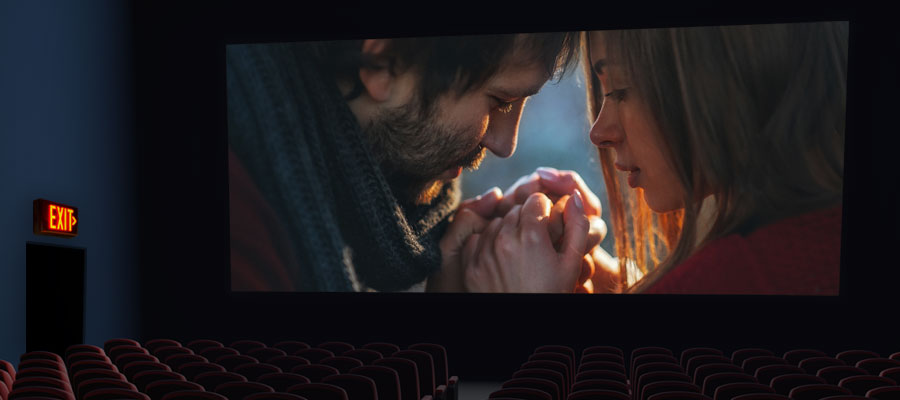So much time and energy is spent educating cinema professionals how to properly design cinemas, including installed sound and projection systems. We forget the best lessons typically come from our mistakes.
In the 30+ years I’ve been in the cinema industry, I’ve learned a ton from THX, Dolby, the Hollywood post-production community, and the brilliant engineers I’ve been so fortunate to work with.
One of my missions is to turn those learnings into practices to improve the process of translating a film from the near-perfect dub-stage environment to the less than perfect, real-world theatre, and ultimately enhance the quality of the moviegoing experience for patrons.
Today’s cinemas deliver significantly better sound and image than when I started in the business. However, there are still far too many “clunkers” that deliver a sub-standard experience.
I get it – theatre properties are expensive to build and equip, and even more expensive to retrofit. Keeping up with new best practices can be cost-prohibitive and sometimes hard to rationalize when the auditorium is not the primary contributor to operating profits (like, say, the concession stand).
Look to Avoid These “Cins”
But still, it’s the movie that attracts the audience in the first place. If that experience is not great, they might not come back. In the name of creating better moviegoing experiences, here’s my take on the seven “cins” of cinema design:
- Projector window elevation is higher than the top of the screen. This can lead to image distortion and keystone issues.
- Brightly-lit exit sign directly next to the screen. That light can easily distract from the image on screen.
- Hard, painted side walls and concrete floor surface directly in front of the screen. This creates sound reflections that can kill dialogue intelligibility.
- The center aisle. The best seats are missing so nobody gets to hear optimal left-right stereo imaging.
(4a. Center aisles often lead to seating that extends all the way to the wall. Seats directly under the side wall surround loudspeakers and are completely out of the sound coverage pattern. Side aisles are best!) - Entry door at the rear of a room with no foyer allows light and external noise leakage from the hall. This is totally distracting when latecomers enter the theatre.
- Adjacent theatre leakage. This too can be extremely distracting (and annoying) during low level dialogue scenes.
- Antiquated sound systems. If it’s older than 15 to 20 years, it can’t possibly deliver the dynamics of today’s digital soundtracks. Even if it ain’t broke, consider fixing it.
These happen more often than you might think. Believe it or not, I recently went to a theatre that exhibited ALL seven of these “cins” in the same auditorium. And in all honesty, there are more than seven of them…many more.
What Can We Do About It?
- Theatre designers: Look to avoid these in your upcoming projects.
- Theatregoers: Next time you go to the cinema, count how many you can identify, and if you’re brave, report them to theatre management.
- Theatre operators: Confess your “cins” and repent. Fix your issues and keep your customers happy, and loyal.
QSC has an entire team of dedicated and experienced cinema professionals that can help! We also offer a number of resources, including recorded webinars, online and virtual training, and even this blog site.
See you at the movies!
Mark Mayfield
Latest posts by Mark Mayfield (see all)
- Seven “Cins” of Cinema - October 26, 2021
- Introducing Cinema 101 - May 27, 2021
- Control Your Barco Cinema Projector with Q-SYS - April 9, 2021
